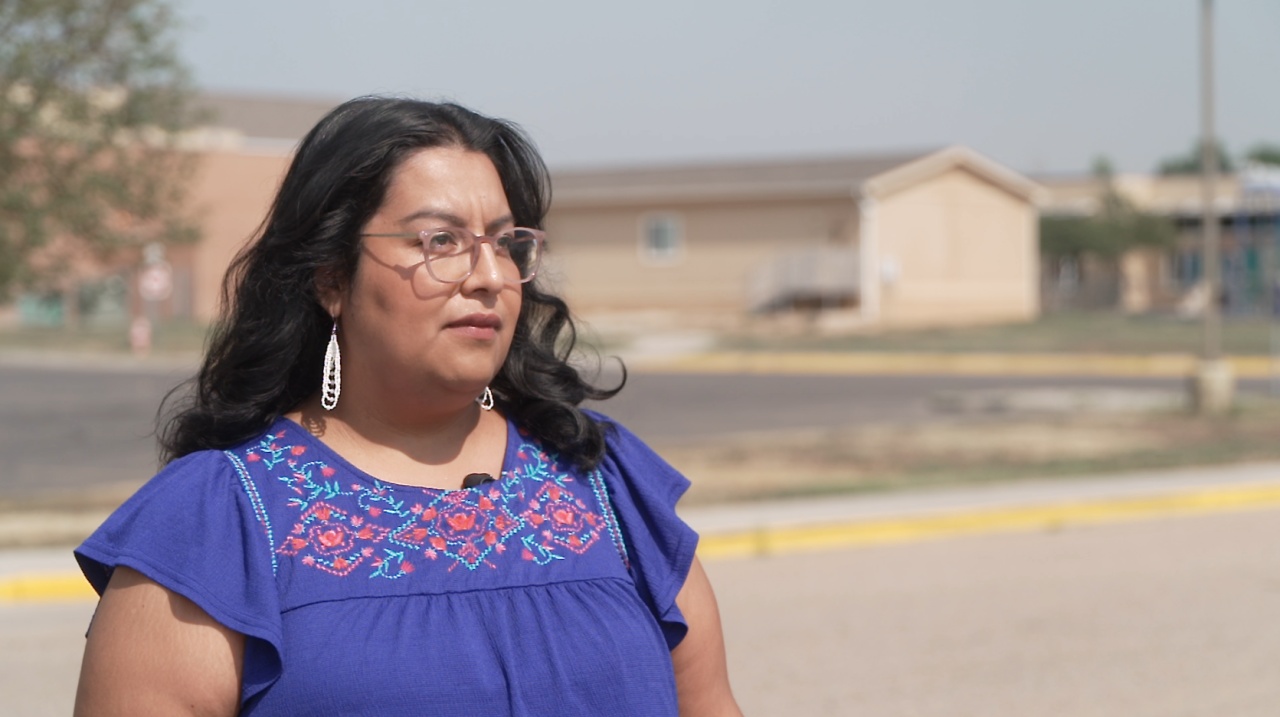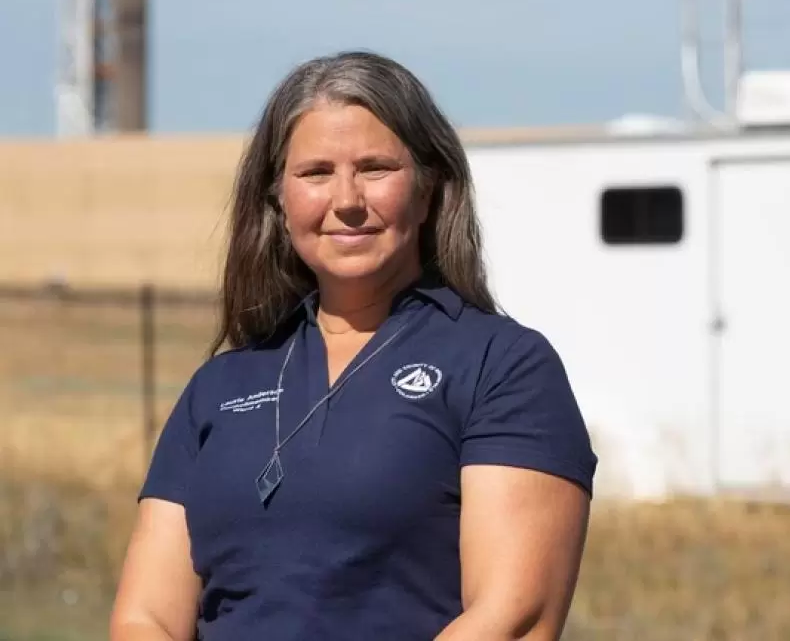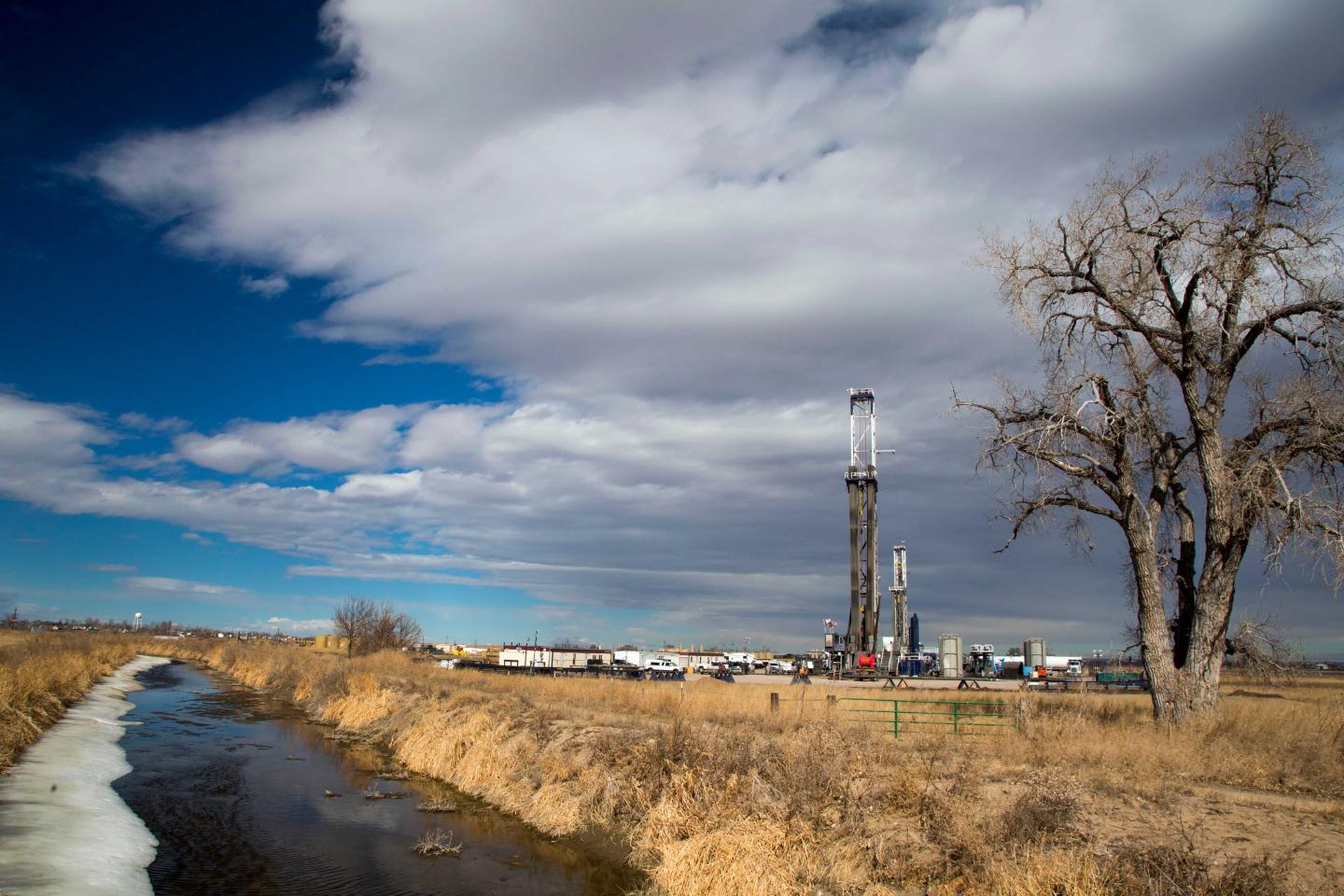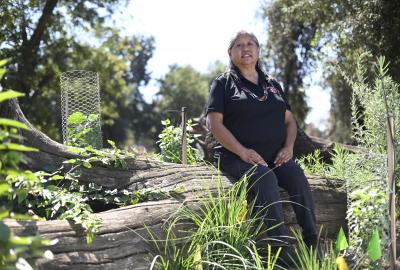Colorado scores a win for communities and cleaner air
New standard requires oil and gas companies replace equipment that forces climate pollution and toxic gases into the air and atmosphere.
Patricia Nelson moved from Lake Charles, Louisiana, back to her childhood hometown of Greeley, Colorado in 2016.

Lake Charles sits in Louisiana's infamous "Cancer Alley." And she moved because she was concerned about raising her son around pollution from so many petrochemical plants.
Not long after, though, Nelson heard that an oil and gas company planned to drill right behind the local school. Concerned about impacts to her family and her community, Nelson signed up to challenge the drilling in court and has been working for safeguards ever since. This year, she helped score a major victory for communities across the state.
Dangers of expanding oil and gas drilling
Pollution from oil and gas drilling includes methane, a potent climate pollutant, as well as harmful chemicals that can cause cancer, respiratory diseases, neurological problems and other illnesses. When Nelson moved back to Greeley, located in Weld County about 75 minutes north of Denver, the county had become one of the largest oil and gas producers in the nation. Not only was climate change altering the weather — hotter, drier summers meant you could no longer live without air conditioning — but her previously healthy nephew developed such bad asthma that he had to get steroid shots three times a week.

The same year Nelson moved home, Laurie Anderson and her family also came to Colorado, buying a new house in the Denver suburb of Broomfield. Soon thereafter, oil and gas drilling was proposed for a site not far from their block. “When I saw that the location was within 500 feet of homes up the hill from me — some of us in the community started raising attention,” she says.
Nelson, who now works with the advocacy group GreenLatinos, and Anderson, a staffer with the nonprofit Moms Clean Air Force, an affiliate of Environmental Defense Fund, collaborated with a coalition of advocacy groups to urge the state to protect the health of communities and reduce climate pollution from the oil and gas industry.
The country’s fourth-largest oil producer, Colorado took action this February, adopting standards that require companies to replace devices that intentionally push methane and other toxic gases into the surrounding air and up into the atmosphere. These standards, once fully implemented by 2029, will reduce methane pollution in the state by a full 10%. Colorado anticipates the safeguards will cut as much climate pollution a year as produced by more than 104,000 gas-powered cars.
Environmental news that matters, straight to your inbox
A model for other states
The new standards also make Colorado the first state to comply with the U.S. Environmental Protection Agency’s 2024 methane standards. Those rules will cut methane pollution from oil and gas operations by 80% nationwide, according to the EPA. (The standards may soon be in the Trump administration's crosshairs.)
- The Clean Air Act — and your family's health and safety — are under attack
- Trump administration offers up sweeping exemptions for major polluters by email
“These Colorado safeguards are a huge achievement,” says Nini Gu, an EDF policy expert for the U.S.’s Western region. “And Colorado did all this with consensus across the board from environmental groups, industry trade groups and state regulators. It’s really an example for other states can follow.”
The new standards will also require companies to refine their air monitoring practices so that they conduct more detailed reporting of the toxic gases that are currently released as part of oil and gas operations.

These gases include carcinogenic benzene along with other hazardous air pollutants such as toluene and xylene. Studies show these gases affect the health of local residents, with higher rates of respiratory and gastrointestinal diseases, as well as leukemia.
After drilling began in her neighborhood, for instance, Anderson twice developed a rare inflammation around her eye. (She lives within a half mile of 19 different rigs.) Her doctor told her the problem was the result of chemical exposure. Anderson says, “I told the doctor, ‘They’re fracking near my house.’ She wasn’t shocked.”
“Previously, when industry collected an air sample, it was hard to know what you were looking at, because compounds were grouped together and there was no information about the concentration of individual pollutants,” says EDF scientist Meagan Weisner, who has studied the health impacts of oil and gas drilling in Broomfield. “Without sampling of individual pollutants, we didn’t know what it meant for community health. Now, thanks to the new standards, there are stricter requirements so we can better understand which chemicals these sites are releasing.”
At a time when federal climate and health protections are under attack, this victory highlights the importance of working at the state level to combat climate and air pollution, Anderson says. “If you can accomplish this in Colorado, you can do it in other places, too.”


